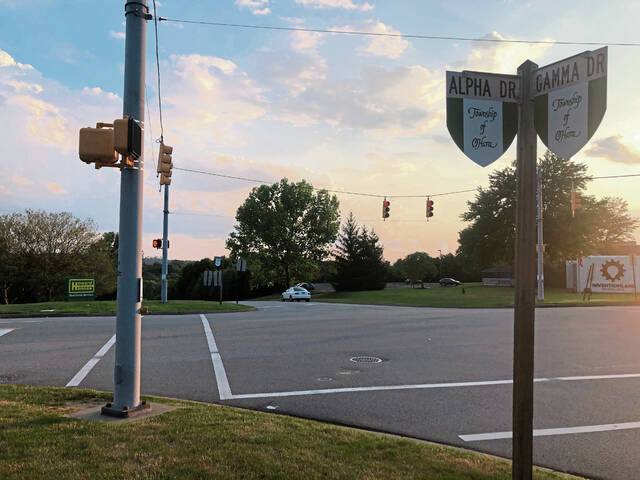Tracey Zalenski has suffered from migraines most of her life, but the condition became almost unbearable last year, when she experienced migraines up to 20 times a month.
“It’s really just ruined my quality of life,” she said. “I hated to make plans because I didn’t want to be that friend who cancels.”
Zalenski, 45, of Plum describes the pain as being poked like a pin cushion on the front of her head and like a sledgehammer hitting her in the back of the head. She suffers from dizziness, nausea and sensitivity to sounds and light — all the telltale symptoms. She’s experienced symptoms since she was 16 years old.
“It basically incapacitates me,” she said.
Zalenski found relief in the past two months from a new, non-invasive treatment that has reduced her migraines to about eight a month.
“I can usually feel an instant release,” she said. “It’s been really nice so far.”
AHN neurologist Dr. Dolores Santamaria, said the new device is a breakthrough for migraine and cluster headache patients. It’s one of several treatments being offered at the new AHN Headache Center at West Penn Hospital, where Santamaria is director.
The treatment, called the gammaCore, stimulates the vagus nerve in the neck by using electrical stimulation in two-minute increments. The stimulation has been shown to reduce levels of glutamate, which can be high in patients with migraines.
“For some patients (they see relief) immediately, some in 15 minutes, some two hours,” Santamaria said.
The treatment is being lauded because it has minimal side effects and also can be used in conjunction with other migraine treatments such as oral medications or nasal sprays.
The cost of the treatment remains high right now since it’s new, coming in at about $500 a month, but Santamaria remains hopeful insurance plans will begin covering the device soon.
“They’re aware that it’s really effective,” Santamaria said.
Santamaria said the Headache Center will offer specialized treatment for patients who suffer from migraines and cluster headaches, something she said is a need in the Pittsburgh area.
Migraines typically present in women and are more randomly occurring with long lasting effects while cluster headaches tend to be more predictable and cause intense, acute pain for just a few hours. Clusters are more common in men.
Other treatments include intravenous treatments, oxygen treatments as well as other medications. They also hope to offer a more holistic approach to treating migraines and cluster headaches by addressing triggers such as diet, weight and environmental factors. The center is looking to offer treatments like massage and acupuncture.
“I always say to my patients don’t lose hope — there’s a lot of options,” Santamaria said. “Don’t ever just settle for saying ‘oh, I just have to deal with the pain.’”











